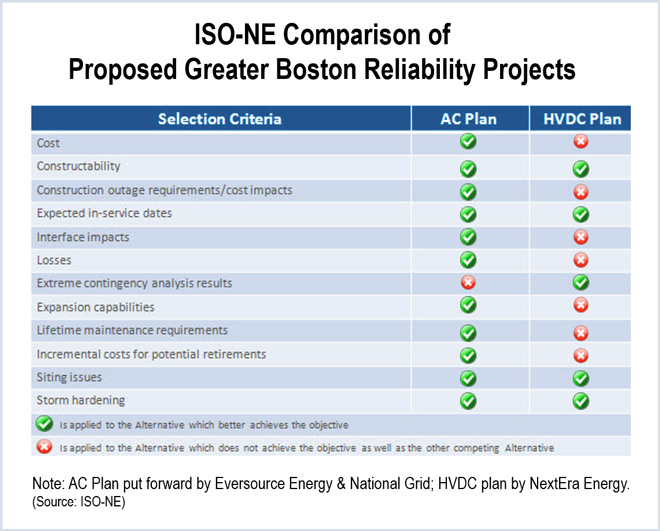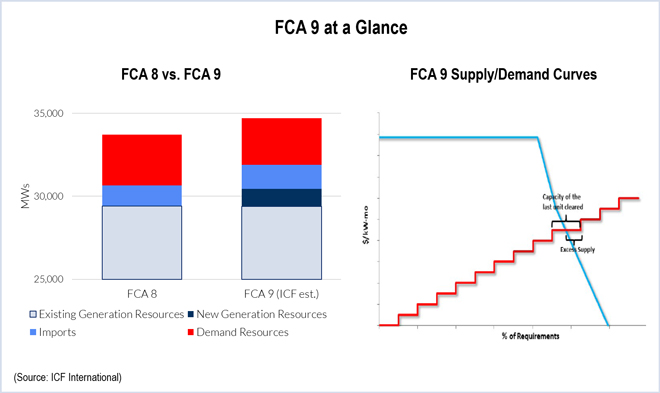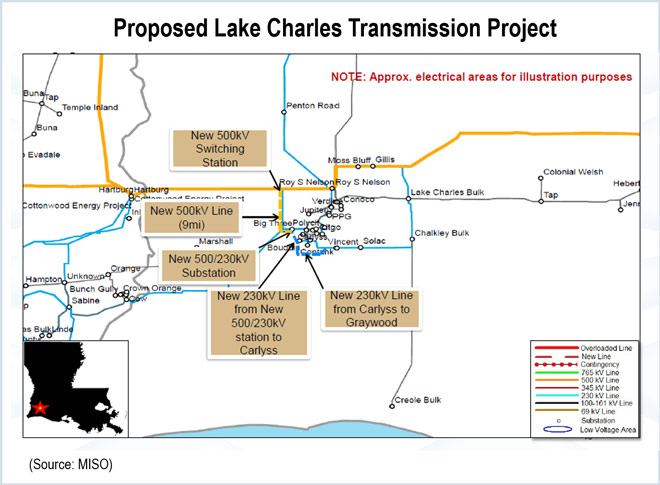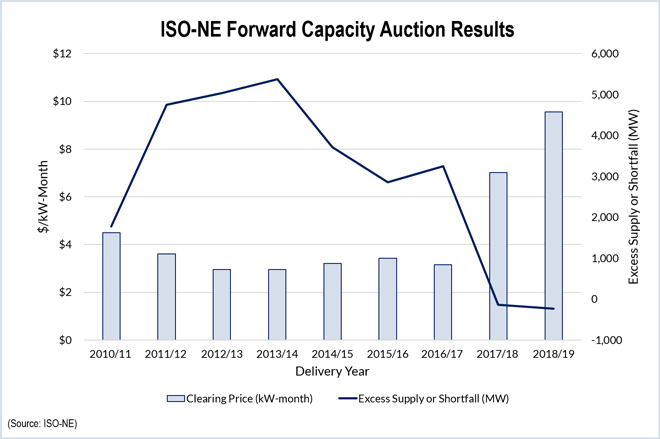By Ted Caddell and Michael Brooks

The New Jersey BPU gave final approval Wednesday to a settlement that will give Atlantic City Electric customers $62 million in rate credits.
The BPU’s approval means that the acquisition now needs only the regulatory approval of Delaware, Maryland and D.C. The Delaware PSC must vote on the staff settlement agreement, which was announced Friday.
Among other incentives in the agreement is a stipulation that guarantees New Jersey customers benefits equal to those eventually approved by Delaware, Maryland or D.C.
Pepco Holdings is headquartered in D.C., and includes Atlantic City Electric, Pepco, which serves D.C., and Delmarva Power & Light, with customers in Delaware and Maryland.
The $62 million in rate credits comes out to about $114 for each of Atlantic City Electric’s 544,000 customers.
Wednesday’s agreement contains other incentives, including:
- An energy-efficiency program that would provide $15 million in energy savings over five years;
- Reliability commitments exceeding BPU requirements;
- Promises to hire 60 union workers, protect wages and benefits and keep a headquarters at Mays Landing, N.J.; and
- Charitable contributions equal to Atlantic City Electric’s current $709,000 annual giving for 10 years.
“This merger represents a great compromise that will provide many benefits to New Jersey,” BPU President Richard S. Mroz said in a written statement. “Additionally, the settlement protects the jobs of nearly a thousand New Jersey residents and keeps the company’s local operational headquarters in Mays Landing.”
Exelon CEO Christopher Crane and Pepco CEO Joseph Rigby also issued statements praising the agreement.
One party that didn’t sign the agreement was New Jersey’s consumer advocate, Stefanie Brand, director of the Division of Rate Counsel. Brand said the agreement, which was approved by the BPU staff last month, fails to protect consumers.
“There is nothing in the agreement that keeps Exelon from coming in and asking for a rate increase later that wipes out” the customer credits, she said in an interview Wednesday. “We certainly made our concerns known” during hearings and negotiations, she said.
Brand said Exelon more than doubled its initial rate credits offer during the negotiations that led to the settlement. “We do think [the BPU] got some good concessions, and I’m hopeful that Exelon won’t do things to wipe them out,” she said. “We were looking to lock it down a little bit more.”
More Approvals Needed
While Exelon has the approvals needed from the Federal Energy Regulatory Commission, Virginia and now New Jersey, it still needs those of Maryland, D.C. and Delaware.
“We are working cooperatively and productively with the public service commissions and other stakeholders in Delaware, the District of Columbia and Maryland to demonstrate how the merger will benefit the PHI utilities’ customers and communities,” Exelon Spokesman Paul Elsberg said Wednesday night. “We continue to expect the merger to close in second or third quarter of this year.”
Maryland
Maryland finished evidentiary hearings yesterday. Those hearings were supposed to conclude last week, but it took so long to go through every witness that two more hearings were added. Because of that, the decision of the Public Service Commission has been pushed back a week, from April 1 to April 8.
The state’s consumer advocate, the Office of People’s Counsel, has urged the PSC to turn down the deal as it stands, calling the benefits Exelon is offering “either non-existent or woefully deficient.”
Exelon has offered $40 million in customer credits in Maryland. The PSC staff has recommended $167 million in credits.
District of Columbia
Exelon and Pepco are also facing headwinds in D.C., where People’s Counsel Sandra Mattavous-Frye has called on the Public Service Commission to reject the merger.
Exelon has promised $14 million in incentives for D.C. Evidentiary hearings were to begin this week, but Mattavous-Frye asked the commission for more time to review additional information filed by Exelon and Pepco. A revised schedule for the hearings was released Wednesday night, which has evidentiary hearings pushed back to the end of March.
Delaware
Delaware has three days of hearings scheduled to start Feb. 18, but they may not be needed.
Late Friday afternoon, Exelon issued a statement that said it reached a settlement with the PSC staff, the Delaware Public Advocate, the Department of Natural Resources and Environmental Control and several trade groups.
The agreement calls for:
- $49 million in rate credits for Delmarva electric and gas customers over 10 years;
- $2 million in energy-efficiency program funding;
- Reliability improvement commitments;
- Hiring of at least 83 union employees;
- Maintaining a headquarters in Newark and company facilities in Wilmington and Millsboro; and
- Charitable contributions exceeding Delmarva’s 2013 level of $699,000 for 10 years after the merger.
Earlier in the week, Public Advocate David Bonar said Exelon initially offered $17 million in customer credits for Delmarva Power’s Delaware customers. “Obviously, we felt that was substantially low,” he said.
So did a consultant hired by the Public Service Commission, who said $62.9 million, or about $100 per customer, would be a more appropriate figure.









